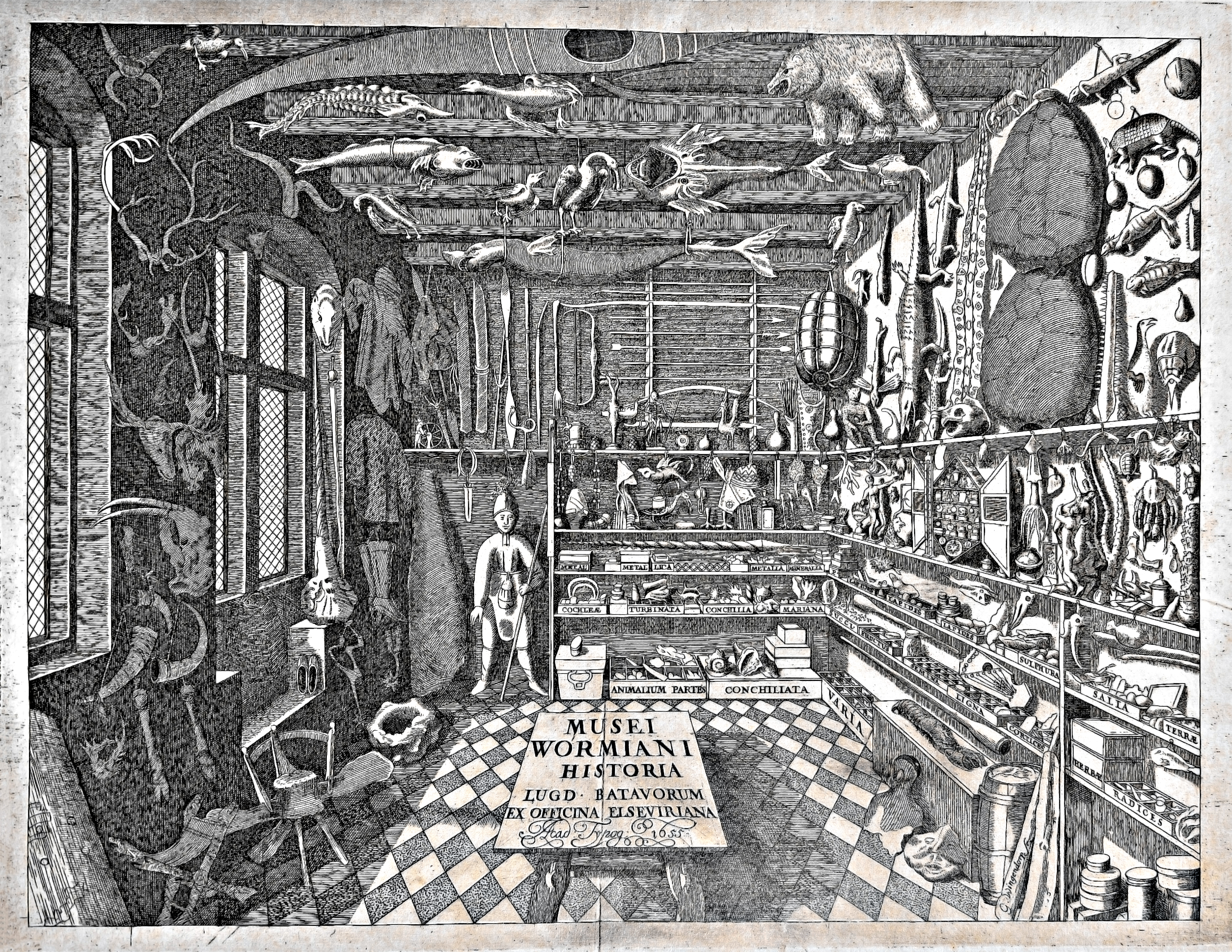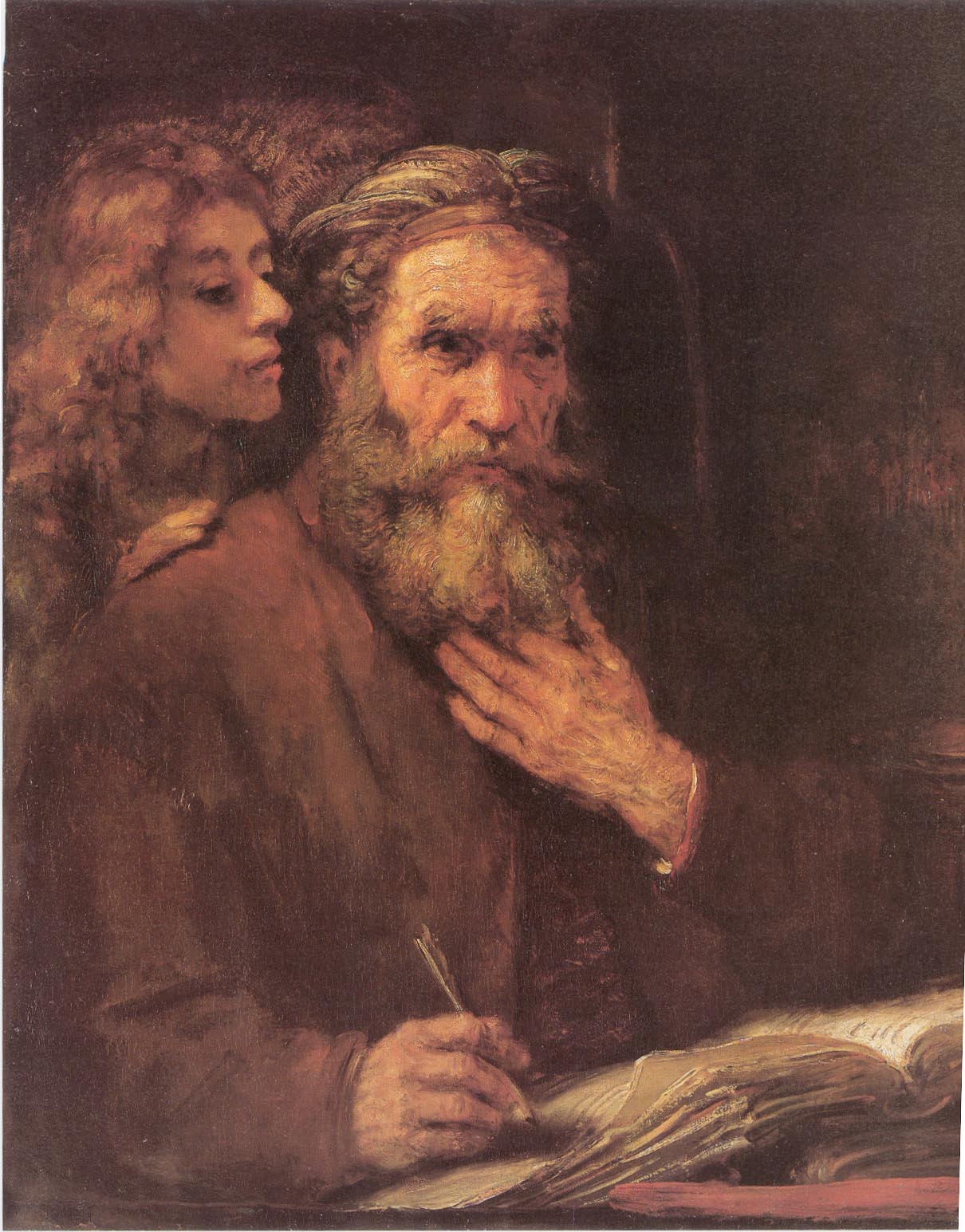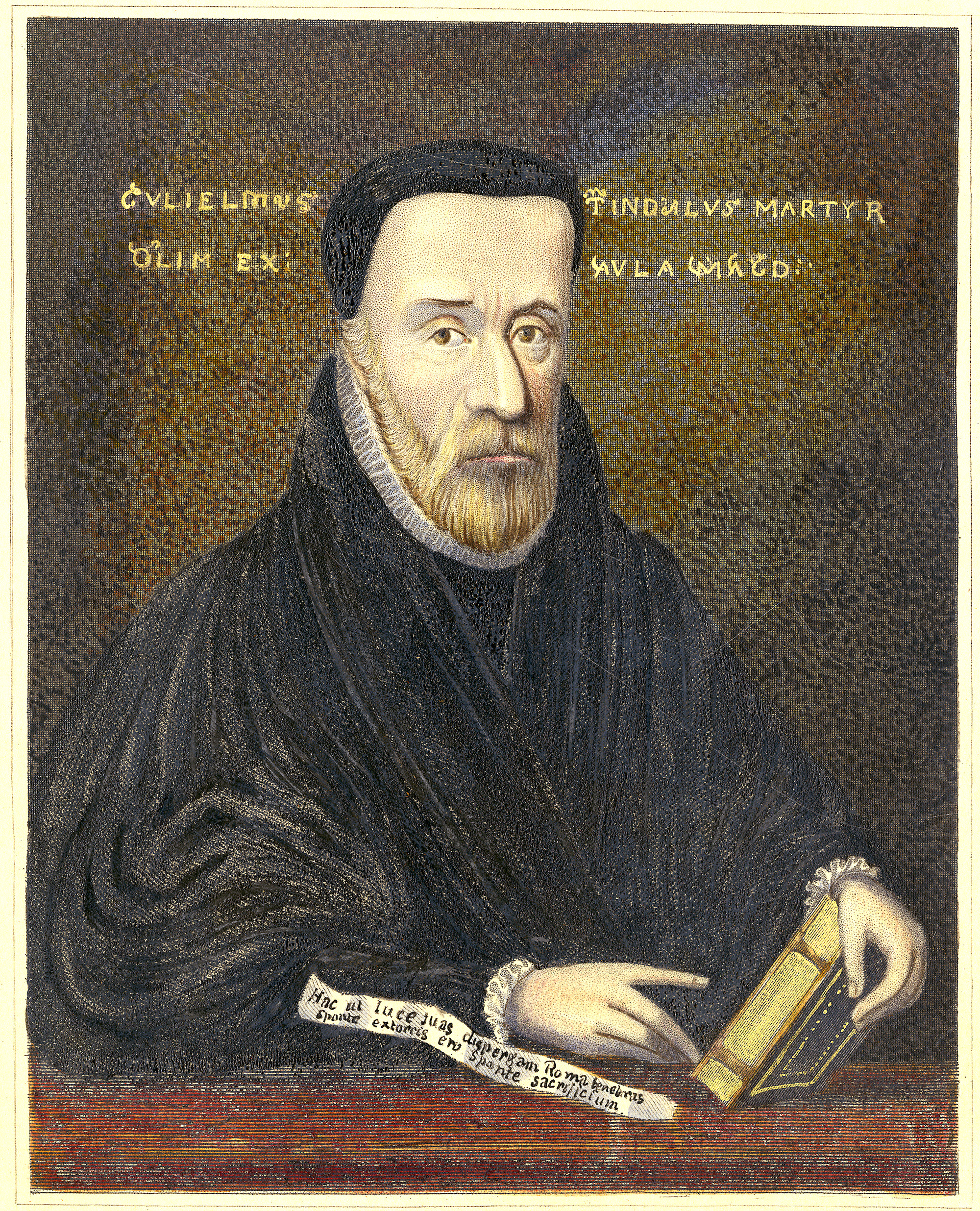|
The Plowman's Tale
There are two pseudo-Chaucerian texts called "The Plowman's Tale". In the mid-15th century a rhyme royal "Plowman's Tale" was added to the text of '' The Canterbury Tales'' in the Christ Church MS. This tale is actually an orthodox Roman Catholic, possibly anti-Lollard version of a Marian miracle story written by Thomas Hoccleve called ''Item de Beata Virgine''. Someone composed and added a prologue to fit Hoccleve's poem into Chaucer's narrative frame. This bogus tale did not survive into the printed editions of Chaucer's ''Works''. The better-known "Plowman's Tale" was included in printed editions of Chaucer's ''Works''. It is a decidedly Wycliffite anti-fraternal tale that was written ''ca.'' 1400 and circulated among the Lollards. Sometimes titled ''The Complaynte of the Plowman'', it is 1380 lines long, composed of eight-line stanzas (rhyme scheme ABABBCBC with some variations suggesting interpolation) like Chaucer's "Monk's Tale". There is no clear internal/design connecti ... [...More Info...] [...Related Items...] OR: [Wikipedia] [Google] [Baidu] |
Rhyme Royal
Rhyme royal (or rime royal) is a rhyming stanza form that was introduced to English poetry by Geoffrey Chaucer. The form enjoyed significant success in the fifteenth century and into the sixteenth century. It has had a more subdued but continuing influence on English verse in more recent centuries. Form The rhyme royal stanza consists of seven lines, usually in iambic pentameter. The rhyme scheme is ABABBCC. In practice, the stanza can be constructed either as a tercet and two couplets (ABA BB CC) or a quatrain and a tercet (ABAB BCC). This allows for variety, especially when the form is used for longer narrative poems. Thanks to the form's spaciousness compared to quatrains, and the sense of conclusion offered by the couplet of new rhyme in the sixth and seventh lines, it is thought to have a cyclical, reflective quality. History Introduction and success Chaucer first used the rhyme royal stanza in his long poems ''Troilus and Criseyde'' and the ''Parlement of Foules'', wr ... [...More Info...] [...Related Items...] OR: [Wikipedia] [Google] [Baidu] |
William Thynne
William Thynne (died 10 August 1546) was an English courtier and editor of Geoffrey Chaucer's works. Life Thynne's family bore the alternative surname of Botfield or Boteville, and he is sometimes called "Thynne ''alias'' Boteville". In 1524 he was second clerk of the kitchen in the household of Henry VIII, and by 1526 he had become chief clerk of the kitchen, with full control of royal banquets. The office was connected with the board of green cloth, and its holder enjoyed an official lodging at Greenwich. The king showed Thynne favour, in grants. On 20 August 1528 he became bailiff of the town and keeper of the park of Bewdley. On 21 July 1529 he was appointed customer of wools, hides, and fleeces in the port of London, and on 8 October 1529 receiver-general of the earldom of March and keeper of Gateley Park, Wigmoresland. In 1531 Thynne obtained from the prior and convent of Christchurch, near Aldgate in London, a lease of the rectorial tithe of Erith in Kent, and in a house ... [...More Info...] [...Related Items...] OR: [Wikipedia] [Google] [Baidu] |
John Leland (antiquary)
John Leland or Leyland (13 September, – 18 April 1552) was an English poet and antiquary.Carley (2006), "Leland, John (''ca''. 1503–1552)" Leland has been described as "the father of English local history and bibliography". His ''Itinerary'' provided a unique source of observations and raw materials for many subsequent antiquaries, and introduced the county as the basic unit for studying the local history of England, an idea that has been influential ever since. Early life and education Most evidence for Leland's life and career comes from his own writings, especially his poetry. He was born in London on 13 September, most probably in about 1503, and had an older brother, also named John. Having lost both his parents at an early age, he and his brother were raised by Thomas Myles. Leland was educated at St Paul's School, London, under its first headmaster, William Lily. It was here that he already met some of his future benefactors, notably William Paget. Leland wa ... [...More Info...] [...Related Items...] OR: [Wikipedia] [Google] [Baidu] |
Antiquary
An antiquarian or antiquary () is an fan (person), aficionado or student of antiquities or things of the past. More specifically, the term is used for those who study history with particular attention to ancient artifact (archaeology), artifacts, History of archaeology, archaeological and historic Archaeological site, sites, or historic archives and manuscripts. The essence of antiquarianism is a focus on the empirical evidence of the past, and is perhaps best encapsulated in the motto adopted by the 18th-century antiquary Sir Richard Hoare, 2nd Baronet, Sir Richard Colt Hoare, "We speak from facts, not theory." The ''Oxford English Dictionary'' first cites "archaeologist" from 1824; this soon took over as the usual term for one major branch of antiquarian activity. "Archaeology", from 1607 onwards, initially meant what is now seen as "ancient history" generally, with the narrower modern sense first seen in 1837. Today the term "antiquarian" is often used in a pejorative sense ... [...More Info...] [...Related Items...] OR: [Wikipedia] [Google] [Baidu] |
Thomas Tyrwhitt
Thomas Tyrwhitt (; 27 March 173015 August 1786) was an English classical scholar and critic. Life He was born in London, where he also died. He was educated at Eton College and Queen's College, Oxford. He was elected a fellow of Merton College, Oxford in 1755. In 1756 he was appointed under-secretary at war, in 1762 clerk of the House of Commons. In 1768 he resigned his post, and spent the remainder of his life in learned retirement. In February 1771 he was elected a Fellow of the Royal Society. In 1784 he was elected a trustee of the British Museum, to which he bequeathed a portion of his valuable library. Works His principal classical works are: *''Fragmenta Plutarchi II. inedita'' (1773), from a Harleian manuscript *''Dissertatio de Babrio'' (1776), containing some fables of Aesop, hitherto unedited, from a Bodleian manuscript *the pseudo-Orphic ''De lapidibus'' (1781), which he assigned to the age of Constantius *''Conjecturae in Strabonem'' (1783) *''Isaeus De Meneclis he ... [...More Info...] [...Related Items...] OR: [Wikipedia] [Google] [Baidu] |
New Testament
The New Testament grc, Ἡ Καινὴ Διαθήκη, transl. ; la, Novum Testamentum. (NT) is the second division of the Christian biblical canon. It discusses the teachings and person of Jesus, as well as events in first-century Christianity. The New Testament's background, the first division of the Christian Bible, is called the Old Testament, which is based primarily upon the Hebrew Bible; together they are regarded as sacred scripture by Christians. The New Testament is a collection of Christian texts originally written in the Koine Greek language, at different times by various authors. While the Old Testament canon varies somewhat between different Christian denominations, the 27-book canon of the New Testament has been almost universally recognized within Christianity since at least Late Antiquity. Thus, in almost all Christian traditions today, the New Testament consists of 27 books: * 4 canonical gospels (Matthew, Mark, Luke, and John) * The Acts of the Apostl ... [...More Info...] [...Related Items...] OR: [Wikipedia] [Google] [Baidu] |
William Tyndale
William Tyndale (; sometimes spelled ''Tynsdale'', ''Tindall'', ''Tindill'', ''Tyndall''; – ) was an English biblical scholar and linguist who became a leading figure in the Protestant Reformation in the years leading up to his execution. He is well known as a translator of the Bible into English, and was influenced by the works of prominent Protestant Reformers such as Martin Luther. Luther's translation of the Christian Bible into German appeared in 1522. Tyndale's translation was the first English Bible to draw directly from Hebrew and Greek texts, the first English translation to take advantage of the printing press, the first of the new English Bibles of the Reformation, and the first English translation to use ''Jehovah'' ("Iehouah") as God's name as preferred by English Protestant Reformers. It was taken to be a direct challenge to the hegemony both of the Catholic Church and of those laws of England maintaining the church's position. The work of Tyndale contin ... [...More Info...] [...Related Items...] OR: [Wikipedia] [Google] [Baidu] |
Thomas Cromwell
Thomas Cromwell (; 1485 – 28 July 1540), briefly Earl of Essex, was an English lawyer and statesman who served as chief minister to King Henry VIII from 1534 to 1540, when he was beheaded on orders of the king, who later blamed false charges for the execution. Cromwell was one of the most powerful proponents of the English Reformation, and the creator of true English governance. He helped to engineer an annulment of the king's marriage to Catherine of Aragon so that Henry could lawfully marry Anne Boleyn. Henry failed to obtain the approval of Pope Clement VII for the annulment in 1533, so Parliament endorsed the king's claim to be Supreme Head of the Church of England, giving him the authority to annul his own marriage. Cromwell subsequently charted an evangelical and reformist course for the Church of England from the unique posts of Vicegerent in Spirituals and Vicar-general (the two titles refer to the same position). During his rise to power, Cromwell made many enemi ... [...More Info...] [...Related Items...] OR: [Wikipedia] [Google] [Baidu] |
Thomas Berthelet
Thomas Berthelet (died 1555) was a London printer, probably from France. His surname was also variously spelt ''Berthelot'' and ''Berthelett''. Berthelet was to become King's Printer and King's Bookbinder for Henry VIII. His name was Englished as "Bartlett". Background Berthelet was of French descent though very little is known about his background before he established himself as a printer in London. He is thought to have been apprenticed to London printer Pynson, and some historians have suggested he may have been known as Thomas Bercula previously. Career Berthelet is recorded, in an application for a marriage licence of 23 August 1524, as being resident in the London parish of St Dunstan in London's famous printing quarter, Fleet Street. He was a member of the Stationers' Company. On 27 September 1524 Berthelet printed his first book ''Opus sane de deorum dearumque gentilium genealogia'', a small tract by the monk Galfredus Petrus of Bayeux, which was printed in his prem ... [...More Info...] [...Related Items...] OR: [Wikipedia] [Google] [Baidu] |
Thomas Wolsey
Thomas Wolsey ( – 29 November 1530) was an English statesman and Catholic bishop. When Henry VIII became King of England in 1509, Wolsey became the king's almoner. Wolsey's affairs prospered and by 1514 he had become the controlling figure in virtually all matters of state. He also held important ecclesiastical appointments. These included the Archbishopric of York—the second most important role in the English church—and that of papal legate. His appointment as a cardinal by Pope Leo X in 1515 gave him precedence over all other English clergy. The highest political position Wolsey attained was Lord Chancellor, the king's chief adviser (formally, as his successor and disciple Thomas Cromwell was not). In that position, he enjoyed great freedom and was often depicted as an ''alter rex'' ("other king"). After failing to negotiate an annulment of Henry's marriage to Catherine of Aragon, Wolsey fell out of favour and was stripped of his government titles. He retreated to ... [...More Info...] [...Related Items...] OR: [Wikipedia] [Google] [Baidu] |
Cardinal (Catholic Church)
A cardinal ( la, Sanctae Romanae Ecclesiae cardinalis, literally 'cardinal of the Holy Roman Church') is a senior member of the clergy of the Catholic Church. Cardinals are created by the ruling pope and typically hold the title for life. Collectively, they constitute the College of Cardinals. Their most solemn responsibility is to elect a new pope in a conclave, almost always from among themselves (with a few historical exceptions), when the Holy See is vacant. During the period between a pope's death or resignation and the election of his successor, the day-to-day governance of the Holy See is in the hands of the College of Cardinals. The right to participate in a conclave is limited to cardinals who have not reached the age of 80 years by the day the vacancy occurs. In addition, cardinals collectively participate in papal consistories (which generally take place annually), in which matters of importance to the Church are considered and new cardinals may be created. Cardina ... [...More Info...] [...Related Items...] OR: [Wikipedia] [Google] [Baidu] |
.jpeg)






